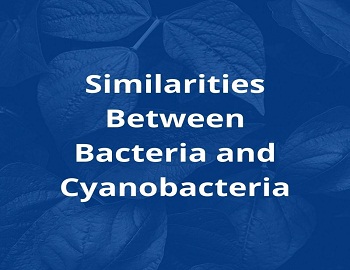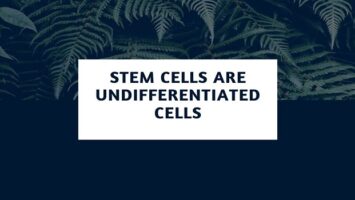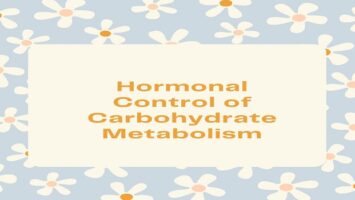Short Note on Respiration:
Voluntary and involuntary activities of the body need a continuous and steady supply of energy. This energy is obtained from the oxidation of food substances. When such energy is liberated, two poisonous substances CO2 and H are produced as by-products. It is essential to expel out these bi-products of oxidation, the poisonous H is immediately combined with oxygen to produce H2O which is non-poisonous and which gets incorporated into the body fluid, CO2 is produced not directly from the combination of carbon with oxygen but from the oxidative decarboxylation of keto acids in the citric acid cycles. In this way, the body is constantly in need of oxygen. This cellular process of oxygen use: energy liberation and carbon-dioxide release is called respiration.
In simple language, respiration can be said as the gas exchange between an organism and its environment i.e., Oxygen is taken in and CO2 is expelled out of the body. In many lower animals such as protozoans, coelenterates, flatworms, etc. the gas exchange is not a complex problem. These animals are capable of obtaining oxygen from air or water by simple diffusion through a moist body surface. In higher animals, the supply of oxygen to every cell is not so simple, it is done by a special system of tubules and sacs which is called the respiratory system, which involves the gas exchange first between the blood and the air (external respiration) and second between the blood and the individual cell (internal respiration).
Kinds of Respiration:
Respiration is a general process taking place in the presence or absence of oxygen. On the basis of the presence or absence of oxygen, it can be classified into two types:
(1) Aerobic Respiration- Most animals from protozoans to mammals including man respire in the presence of oxygen. They take oxygen from their environment whether it is water or air. In the oxidation oxygen unites with carbon and hydrogen, forming carbon dioxide and water, and sets free the energy. In chemical terms, it can be expressed as:

(2) Anaerobic Respiration- It occurs in the absence of oxygen, but CO2 is given out. Here the oxidation of carbohydrates, and possibly of fats is incomplete, only part of the energy is released and certain intermediate compounds are formed. It occurs in certain bacteria, yeast cells, and parasitic worms like Ascaris and Taenia Solium.









Comments (No)